As the Maha Kumbh Mela 2025 unfolds in Prayagraj, it is proving to be the largest and most technologically advanced edition of this sacred gathering, welcoming over 40 crore devotees from around the world. Under the leadership of Prime Minister Narendra Modi, the Uttar Pradesh Government has undertaken unprecedented preparations to ensure a seamless, safe, and spiritually enriching experience.
With state-of-the-art security measures like AI-powered surveillance and underwater drones, and massive infrastructure upgrades including renovated roads, pontoon bridges, and a luxury tent city, the city has been transformed to accommodate the immense influx of pilgrims. Cutting-edge health services, environmental initiatives, and digital innovations are enhancing the visitor experience, ensuring that faith and modernity go hand in hand.
Here’s a look at the top infrastructure developments shaping Maha Kumbh 2025, making it a global symbol of India’s rich heritage, spiritual grandeur, and modern progress.
1. Mahakumbh Nagar: A Temporary City
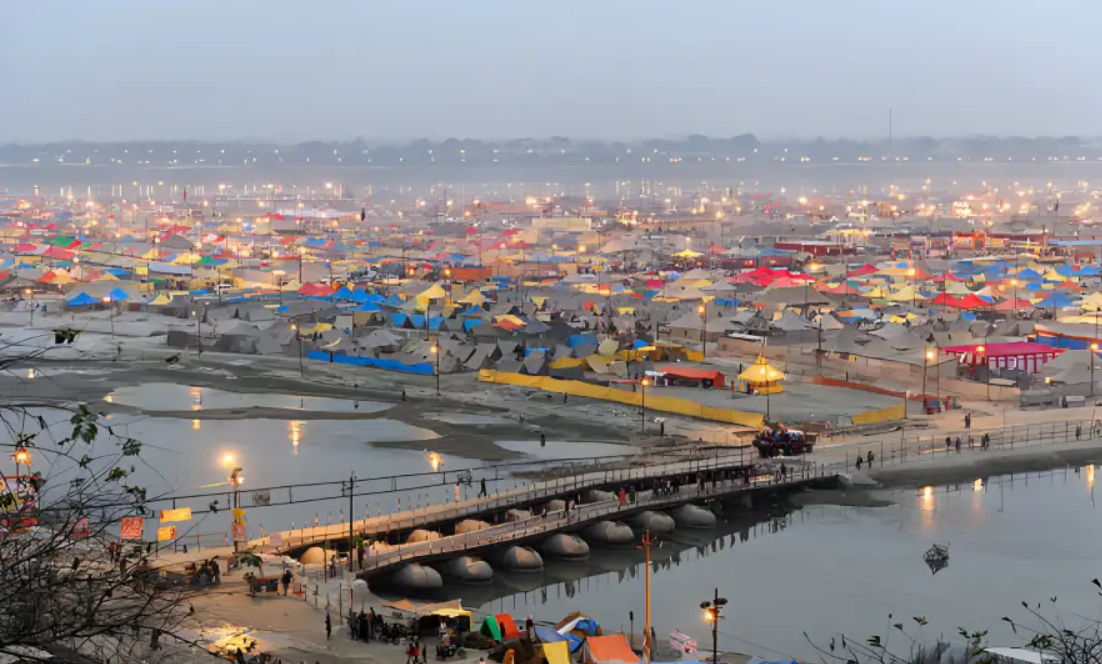
Source: pilgrimagetour.com
One of the most significant developments for the event is the creation of Mahakumbh Nagar, a temporary city designed to host the influx of pilgrims. Thousands of tents and shelters have been set up across the area, including high-end accommodations such as IRCTC’s "Mahakumbh Gram" luxury tent city. This luxury setup offers deluxe tents and villas equipped with modern amenities, ensuring comfort for visitors seeking premium accommodations.
2. Expansion of Mela Area and Sector Division
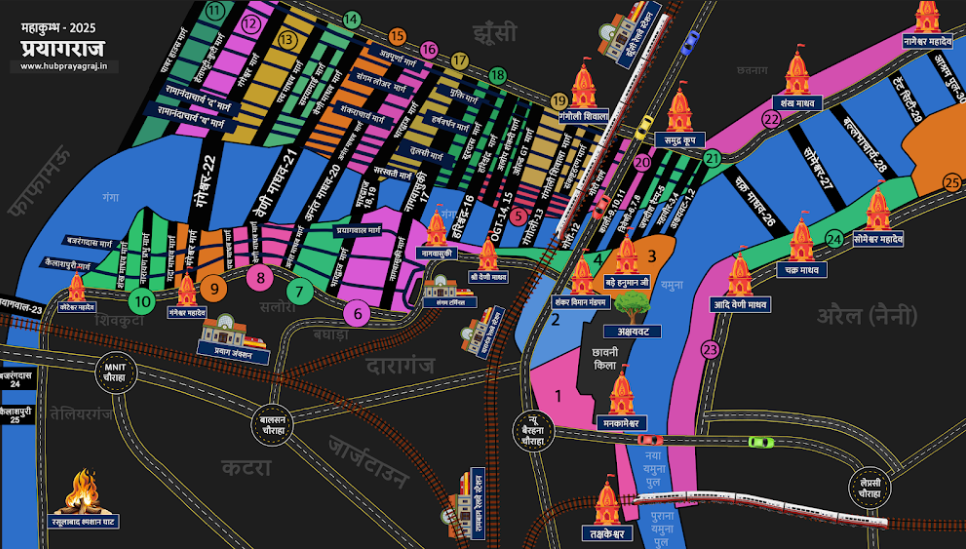
Source: prayagrajhub
The Mela area has expanded to a vast 4,000 hectares, marking a 25% increase from the previous Kumbh Mela in 2019. This expanded area has been divided into 25 sectors, up from 20 in 2019, improving crowd management and accessibility. Each sector functions like a self-sustained municipal ward, complete with its own water supply, drainage, and waste management systems, ensuring smooth operations during the event.
3. Enhanced Water Supply Infrastructure
Ensuring a continuous and clean water supply is crucial for the Mela’s success, and extensive measures have been put in place. Over 80 temporary tube wells have been installed to extract high-quality groundwater, which is processed before being distributed via an upgraded loop-based system. The water distribution network has been enhanced with 485 km of ductile iron pipes and 785 km of galvanized iron pipes. Additionally, over 56,500 tap connections and 6,500 stand posts have been set up across the Mela area. More than 200 water ATMs have been installed to offer clean RO water at nominal rates, helping reduce plastic waste.
4. Upgraded Sewage and Waste Management Systems
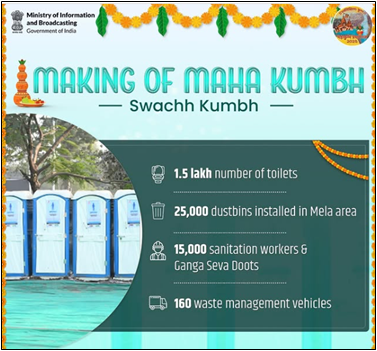
Source: pib.gov
Given the scale of the Mela, waste management is a key focus. Over 1.5 lakh community toilets have been set up across Sangam, Arail, and other key areas. To manage faecal sludge, five Faecal Sludge Treatment Plants (FSTPs) have been established, with three using advanced Granular Sequencing Batch Reactor (hgSBR) technology developed with BARC and ISRO. These plants, with a combined treatment capacity of 1,700 KLD, are equipped to handle the significant waste generated during the event. Moreover, key sewage pumping stations (SPS) have been upgraded, and essential city drains have been cleaned and extended to ensure efficient waste management.
5. Cleaning and Revitalizing the Ganga
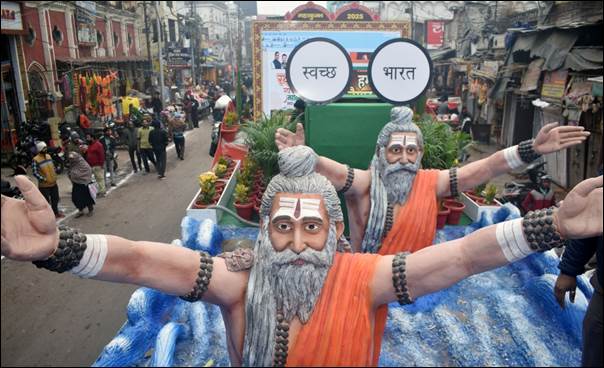
Source: pib.gov.in
A major priority for the Mela is preserving the sanctity of the Ganga. Drone surveys identified 81 drains that discharged waste into the river, with 37 drains already treated at Sewage Treatment Plants (STPs) in Prayagraj. Five drains with zero dry-weather flow are being addressed, while the remaining drains are tackled through geo-tube technology or by upgrading existing STPs. Two new STPs with a combined capacity of 133 MLD (90 MLD at Rajapur and 43 MLD at Salori) are in the final stages of completion, ensuring that no untreated wastewater enters the Ganga, in compliance with National Green Tribunal (NGT) standards.
6. Roads, Bridges, and Pathways
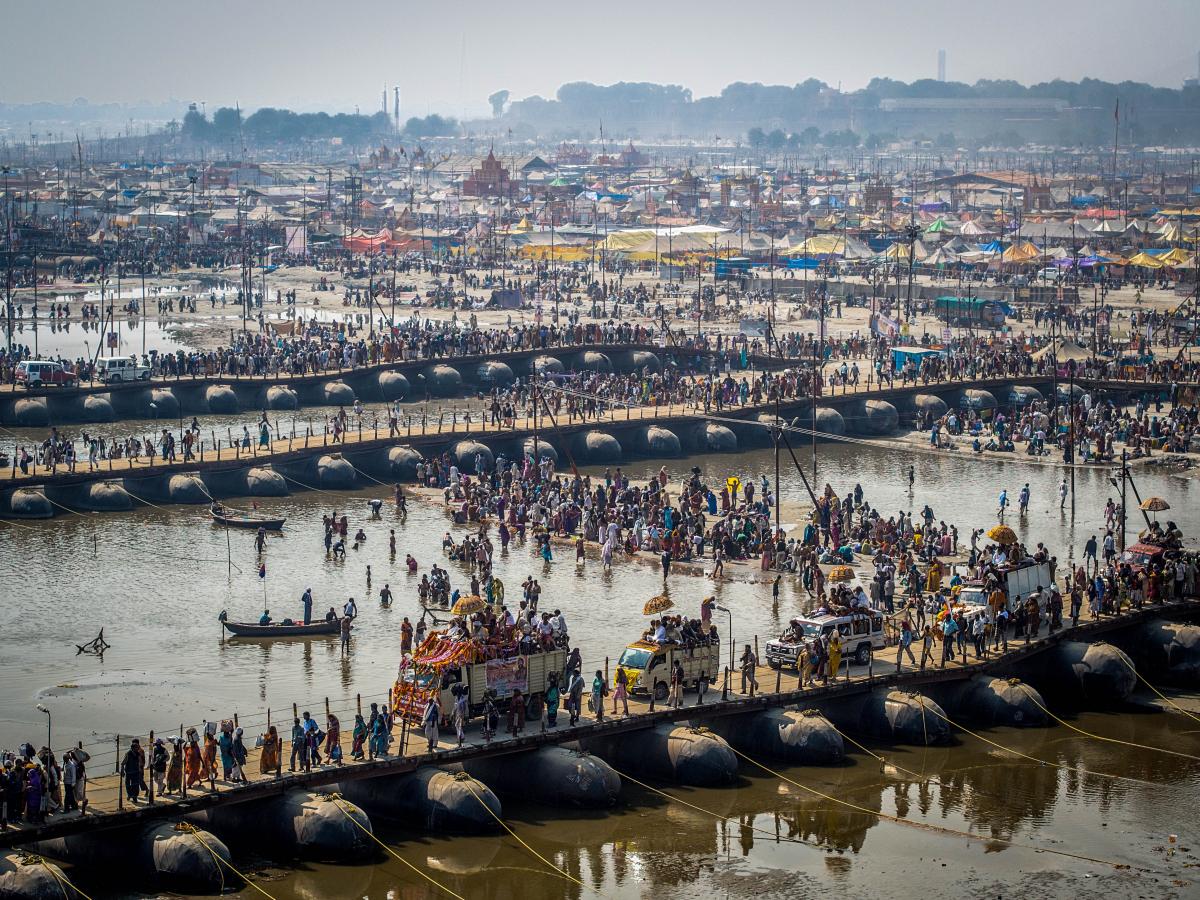
Source: worksthatwork
To ensure smooth movement within the Mela area, Prayagraj has revamped its road infrastructure. A total of 92 roads have been renovated, with 17 major roads undergoing beautification. Additionally, 30 pontoon bridges are being constructed using 3,308 pontoons, 28 of which are already operational, providing easy access across the river and key areas. Over 2,69,000 checkered plates have been laid to create smooth pedestrian pathways throughout the area.
7. Signage and Navigation
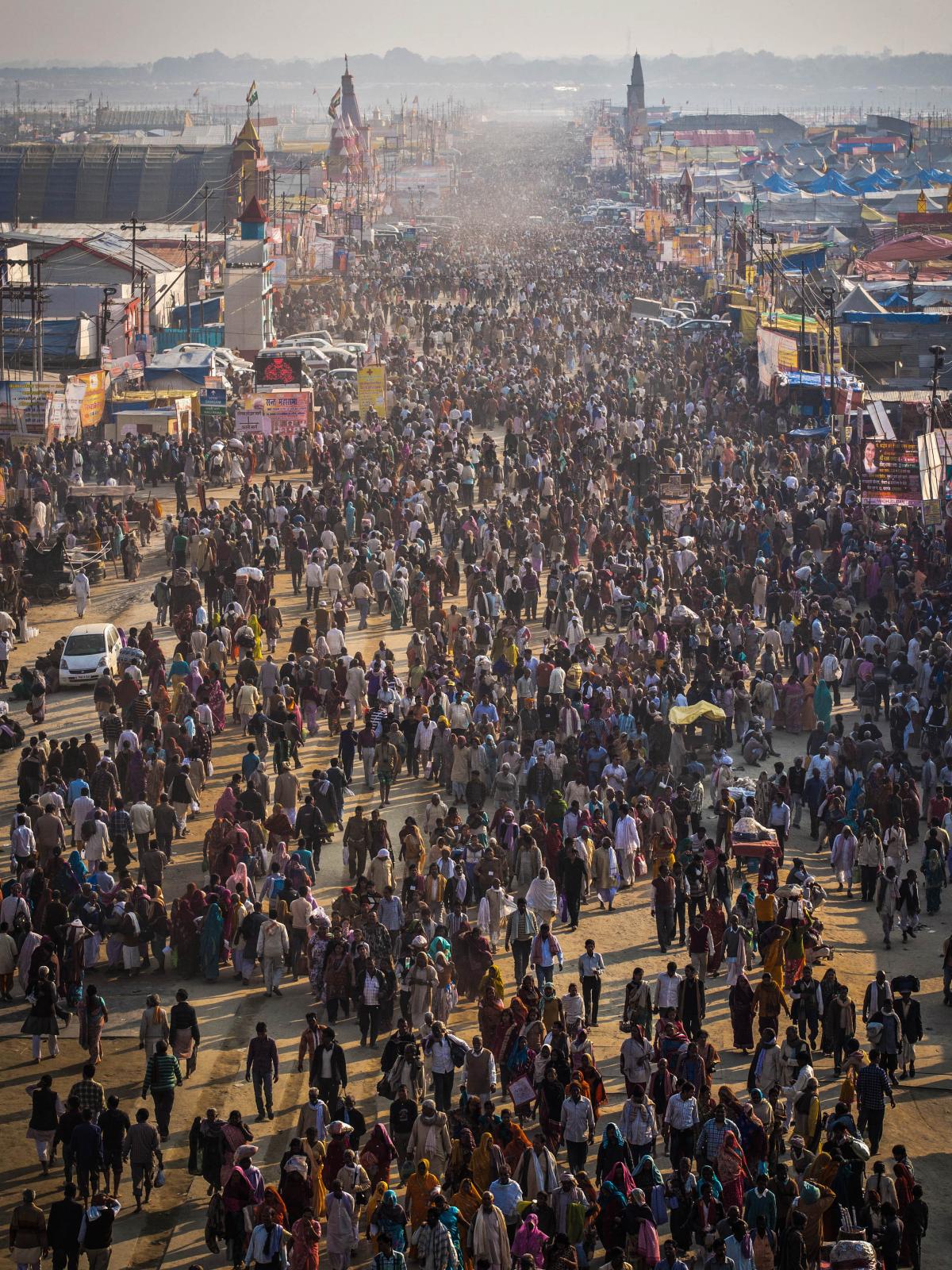
Source: worksthatwork
With millions of pilgrims arriving, clear and effective signage is essential. Over 800 multi-language signages (in Hindi, English, and regional languages) are being installed, with over 400 already completed. These signages are designed to guide visitors to essential services like toilets, water points, and camps, ensuring an efficient navigation system across the vast Mela grounds.
8. Advanced Security Arrangements
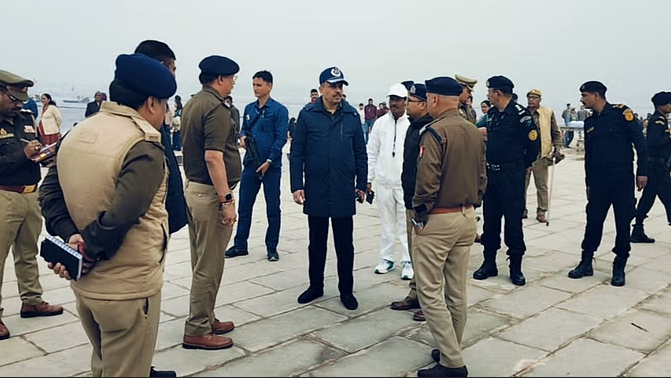
Source: Amarujala
Given the large-scale nature of the event, security measures are comprehensive and cutting-edge:
- Surveillance Systems: AI-powered crowd density monitoring, along with over 340 experts positioned at key locations, ensures safety. Thousands of CCTV cameras and drones also provide continuous aerial surveillance.
- Facial Recognition: Facial recognition technology at entry points adds an extra layer of security, allowing for quick identification of potential threats.
- Fire Safety: In emergency situations, four Articulating Water Towers (AWTs) capable of reaching fires up to 35 meters high and 30 meters wide have been deployed. These towers, with advanced thermal imaging systems, help prevent fire incidents. More than ₹131 crores have been allocated for fire safety measures.
9. Underwater Surveillance and Cybersecurity
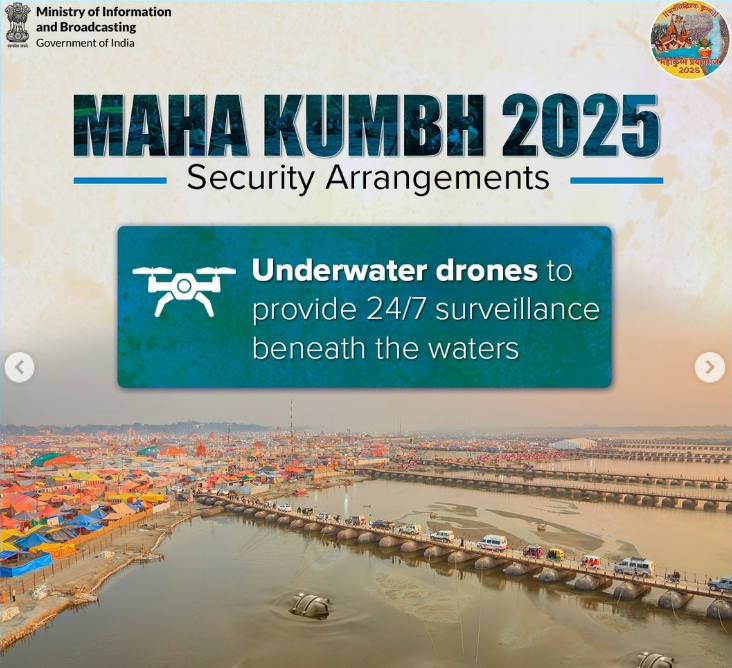
Source: mibindia
For the first time at the Mela, underwater drones capable of diving up to 100 meters are being used to provide round-the-clock surveillance in the Sangam area, ensuring safety on the riverfront. Additionally, 56 cyber warriors are actively monitoring online threats, and cyber help desks are being set up at local police stations to provide assistance.
10. Multi-Disaster Response Capabilities
A state-of-the-art Multi-Disaster Response vehicle has been deployed to enhance disaster preparedness. This vehicle is equipped to handle various emergencies, from natural disasters to road accidents. It features a lifting bag with a 10 to 20-ton capacity to rescue individuals buried under debris and specialized machines to lift and move heavy objects weighing up to 1.5 tons.
11. Tourism and Cultural Promotion
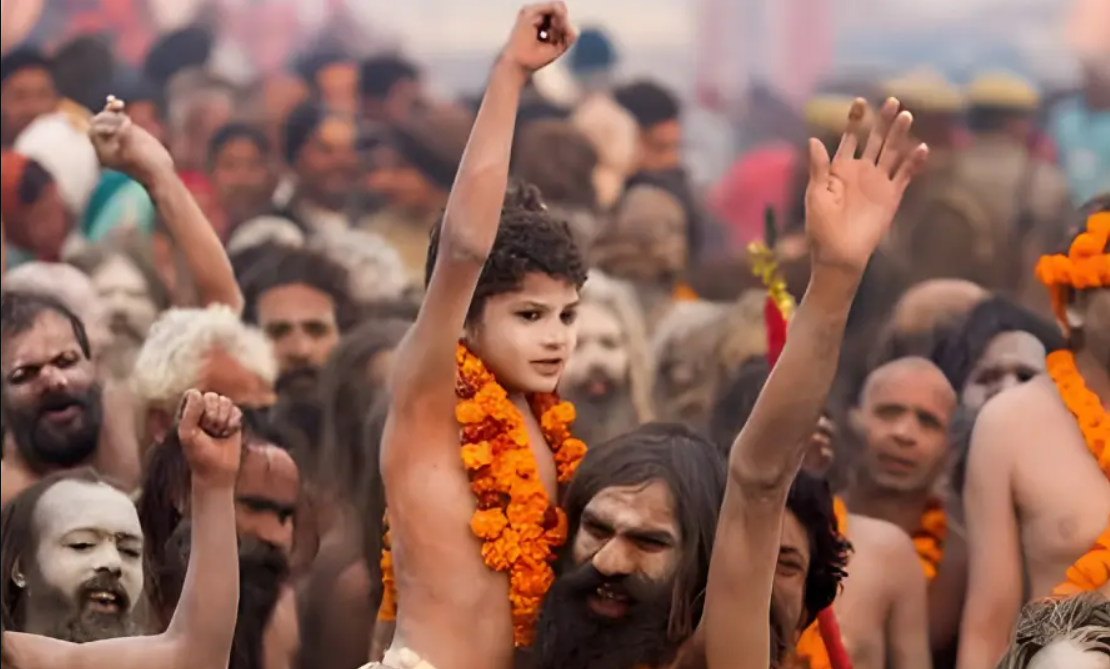
Source: Chardhamyatra.com
To enrich the cultural experience for visitors, Prayagraj is showcasing Uttar Pradesh’s diverse tourism circuits and spiritual heritage:
- Uttar Pradesh Pavilion: Spanning 5 acres near Nagavasuki Temple, this pavilion highlights key tourism circuits such as the Ramayana Circuit, Krishna-Braj Circuit, Buddhist Circuit, and Bundelkhand Circuit. The pavilion also features a handicrafts market and hosts cultural programs to showcase the state’s rich cultural heritage.
- Cultural Events: Throughout the Mela, classical music and dance performances, along with exhibitions showcasing India’s spiritual heritage, will immerse pilgrims in the cultural richness of the region.
- New Corridors & Temple Renovation: Significant efforts have been made to enhance access to spiritual sites, including the development of new corridors such as the Akshayavat Corridor, Saraswati Koop Corridor, and Patalpuri Corridor. Additionally, the Nagvasuki Temple and Hanuman Temple Corridor are undergoing renovation to enhance the pilgrimage experience.
The ongoing Maha Kumbh Mela in Prayagraj is a testament to the city's commitment to hosting one of the world’s largest religious gatherings. Extensive infrastructure developments, from the creation of Mahakumbh Nagar as a temporary city to advanced water supply systems, waste management solutions, road and bridge improvements, cutting-edge security measures, and tourism promotion, ensure a smooth and safe experience for the millions of pilgrims attending the Mela. These upgrades not only make the current event a success but also establish a lasting legacy of improved infrastructure and cultural enrichment for Prayagraj’s future.


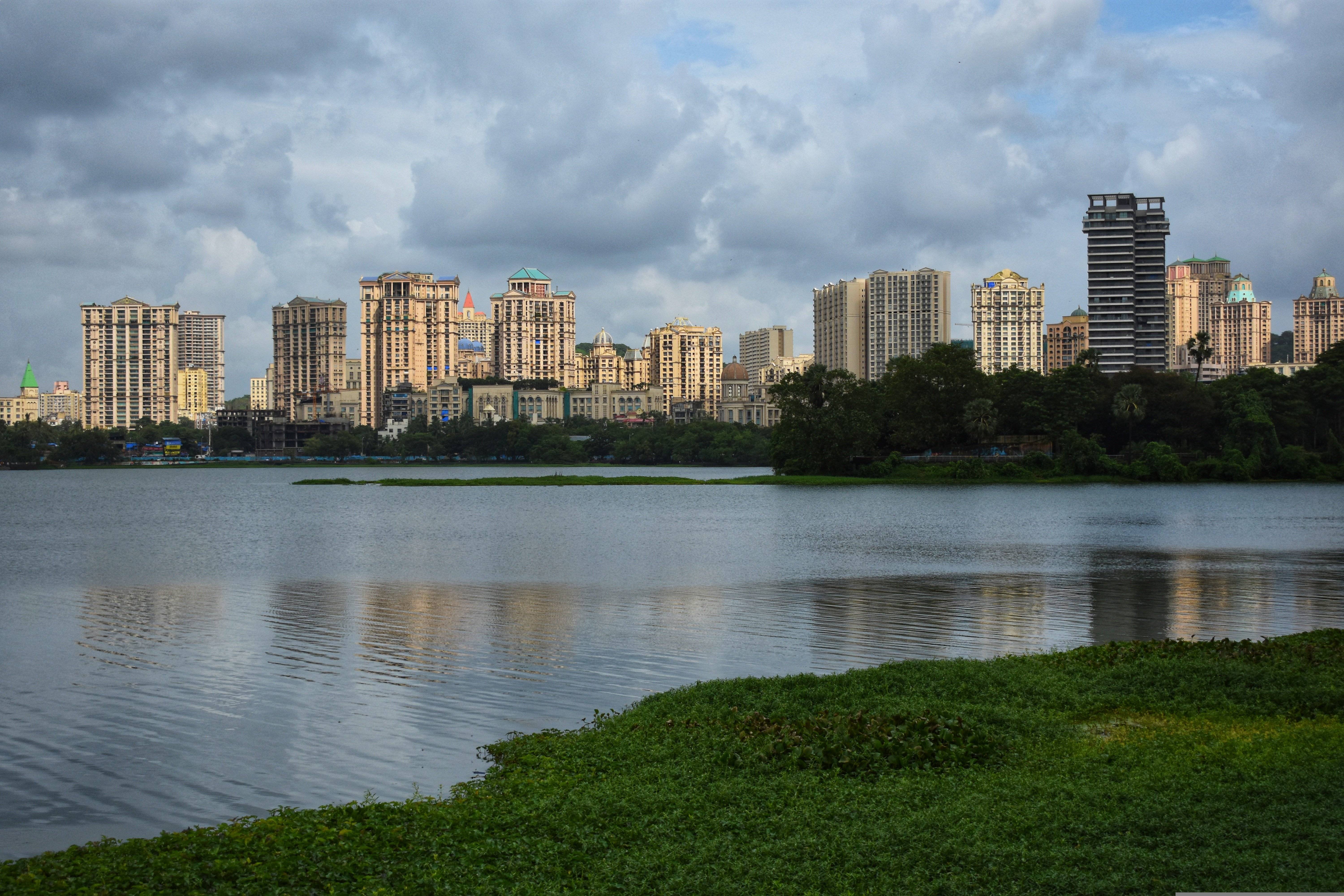

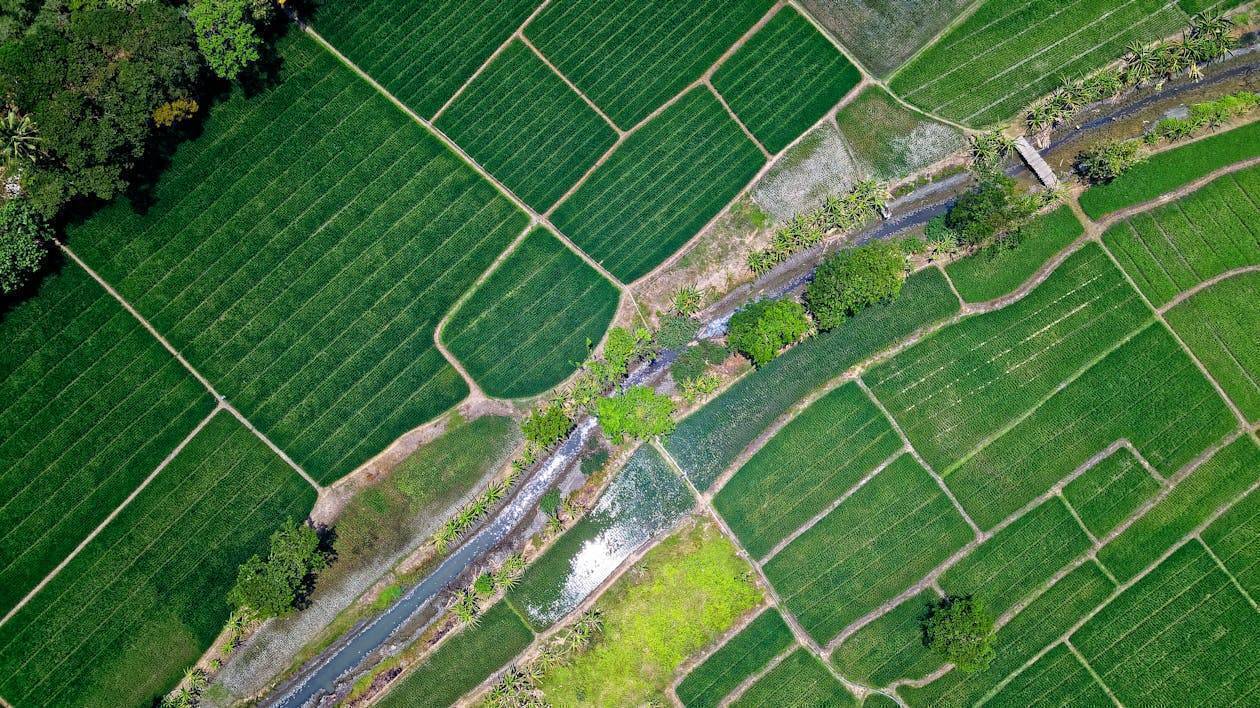

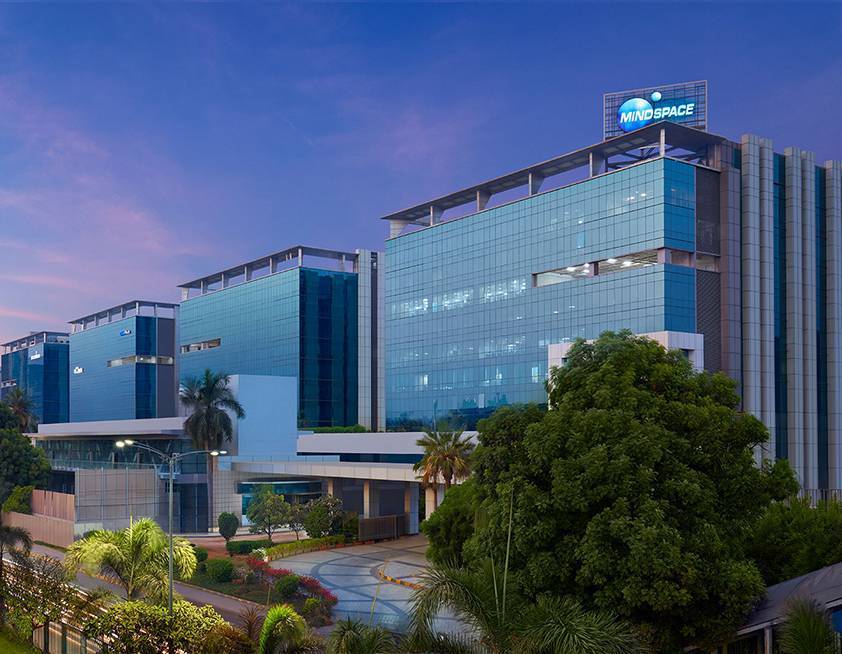
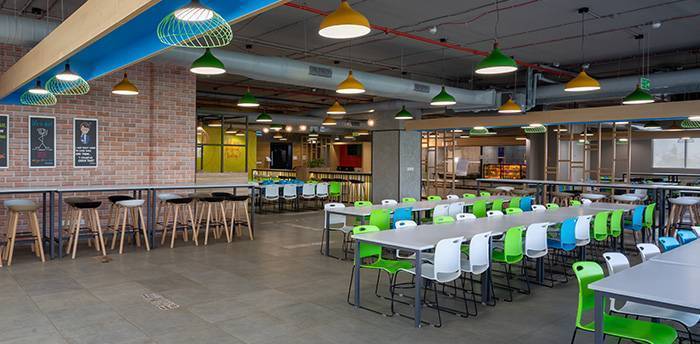

.png)